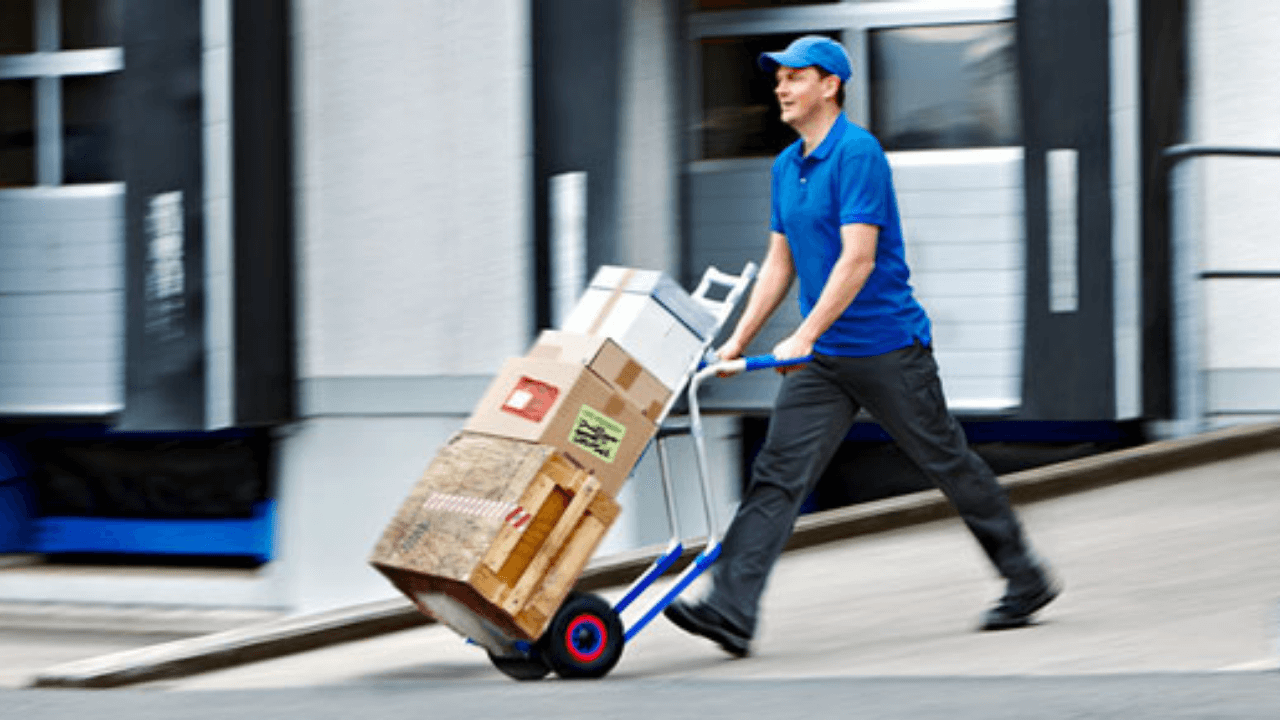Manual Handling Risk Assessment
Whether you’re an employer, working in human resources, or the designated health and safety representative for your company, you need to be aware of the risks attached to manual handling. Manual handling is something that happens all the time. It relates to the use of hand or bodily force in lifting, carrying, supporting, lowering, or moving physical objects, and can vary dramatically depending on the type of business you have. Even in small to medium-sized businesses that are involved in personal services rather than construction or manufacturing, the daily tasks of lifting, carrying, and moving things around are all part of the process.
In basic terms it seems pretty simple; just moving things from A to B. Well, if something goes wrong there could be severe health, financial, and legal consequences facing your business. A Manual Handling Risk Assessment will help you understand what you can do to reduce risk in your workplace.
This post will explain the purpose of a Manual Handling Risk Assessment, and how you can use one to improve the safety of your business.
Why is a Manual Handling Risk Assessment necessary?
Manual handling is a fact of life. It’s common and essential, and can involve a level of risk. The 1992 Manual Handling Operations Regulations state that it is the responsibility of the owner of every single business in the UK to make sure their business is safe for everyone who operates inside it. This means putting up safeguards, minimising potential risks, and ensuring everyone’s well being is looked after.
Manual handling accidents are one of the most common forms of workplace injury, with figures claiming over 300,000 people in the UK alone suffer from back pain due to poor manual handling training or accidents every single year. As an employee, you won’t want to suffer these kinds of problems, and as a business owner, you won’t want to lose any of the 12.3 million working days lost annually, and damage to property or goods due to this kind of problem.
You want to protect your business and the people you work with by monitoring your business and carrying out internal risk assessment audits to identify risk factors and implement measures that will prevent an accident taking place.
What does a Manual Handling Risk Assessment involve?
When it comes to keeping your workplace safe, you there is a standard Order of Controls to follow:
- Avoid or eliminate risks
- Assess the level of existing risks
- Take action to control and reduce risk.
If you identify a hazard in your workplace that cannot be eliminated, you need to conduct a risk assessment.
There are four key steps to Manual Handling Risk Assessment:
- Task
You need to have a clear knowledge of the nature of tasks being carried out, and identify risk areas:
- Stooping
- Twisting
- Rest and recovery time
Look at the steps taken during this task and break down what’s dangerous and what can be made safer.
- Individual
It’s important to know the people you work with, including their capabilities and limitations:
- Age
- Pre-existing health conditions
- Access to equipment
- Training levels and needs
Think about your employees on a personal, individual level, according to what they can do to improve their own safety and the safety of others.
- Load
Some objects are going to be heavier than others, and some will be easy to lift, whereas others could be strange shapes.
There are various risks to consider:
- Heavy weight
- Unwieldy shape
- Difficult to grasp
- Obscuring vision
- Moveable contents
- Balance issues
Always take into account the type of loads that are being moved and how easily they can be transported.
- Environment
The final aspect is the working environment itself.
Be aware of:
- Uneven or slippery ground
- Poor lighting or ventilation
- Exposure to weather/elements
Is the layout of your business as safe as it could be?
All of these points come together to help you carry out a comprehensive manual handling risk assessment for your business, and each factor is something you need to make sure you’re considering.
How can you reduce the risks of manual handling
As a person who is responsible for health and safety in your workplace, you probably want to know what to do to minimize the risks of manual handling.
Naturally, the risks of manual handling vary depending on your working context, but in general there are a few key things to consider:
- Don’t lift unless absolutely necessary
- Break up the weight into smaller weights
- Clear paths and setting down points
- Bend knees to lift without curving back
- Grasp a load close to the body
- Avoid twisting
- Make sure one person is responsible for collective effort
- Invest in handling aids, such as trolleys and wheelbarrows
- Make it a two-person lift
- Label heavy loads
- Offer manual handling training
- Provide a safe system of work showing the sequence of lifting
- Providing protective equipment (gloves, protective footwear)
The most important thing to remember is that you have to adopt any procedure in response to your context. There is no one-size-fits-all approach to health and safety. Use your risk assessment to guide you towards the best safety controls.
Carrying out manual handling risk assessments in your business is important for you and the people working with you, as well as being a legal requirement. While it may sound overwhelming to begin with, by following the risk assessment guides we have here at Pro Safety Management, or you can get in touch to see how Alex can help your business fully take control of your manual handling processes.





